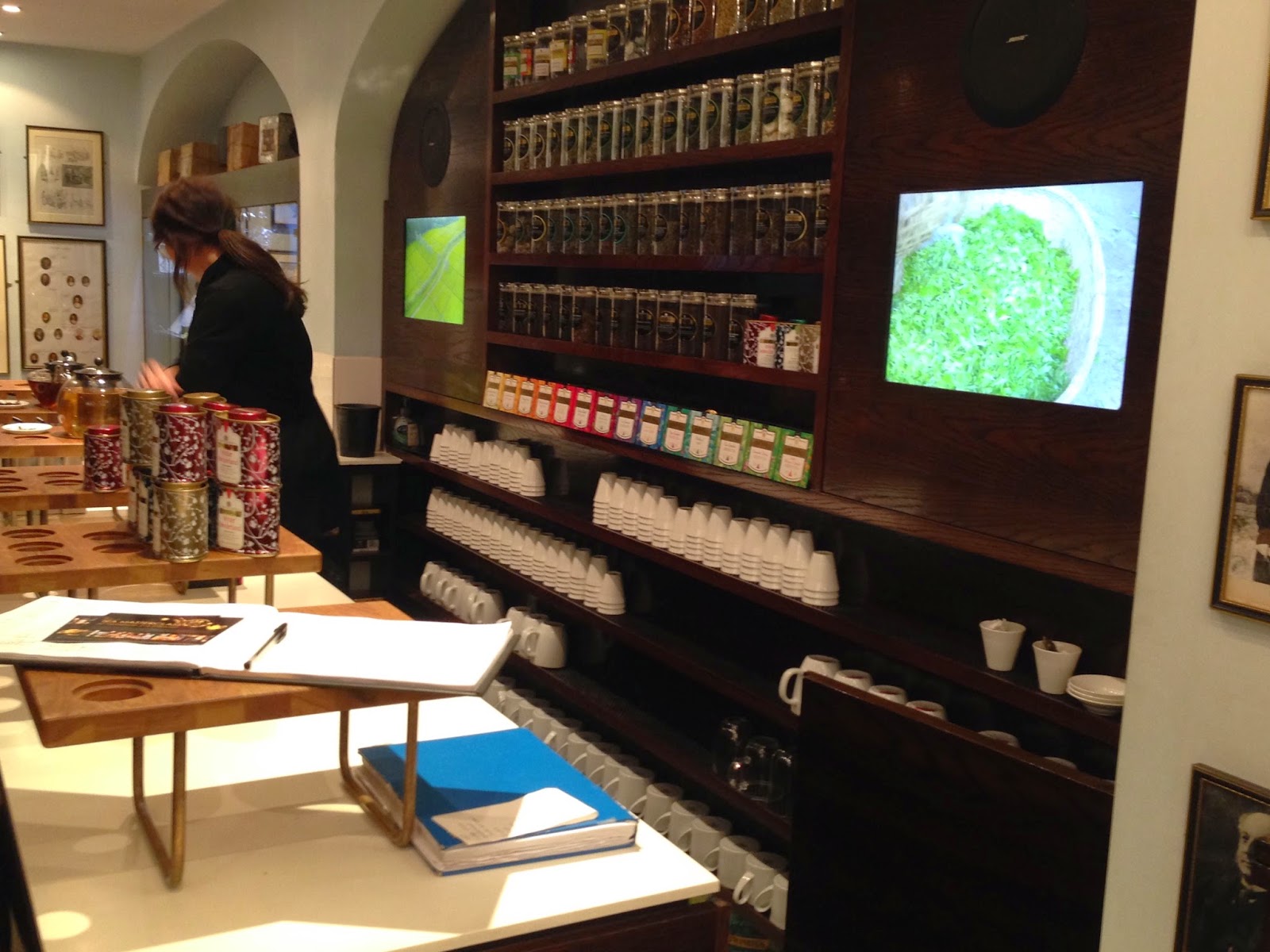Why bother to find London’s oldest teashop? Tea is tea.
Ah, my lads and lassies, there’s more to tea than meets the
lips. History. Romance. Wars. A clash of
societies and turmoil within societies. Tea gathers the story of humanity in a
tiny cup.
Think I’m overstating the case? Take another sip and picture Charles II
wooing a Portuguese bride, Catherine of Braganza. While she may not have introduced tea to
England, her own addiction to the beverage, and it’s subsequent wide spread
popularity at court, made tea the drink of choice among the English
aristocracy. From there it spread,
slowly, but constantly. For a while, due
to its extreme expense (a pound could cost a laborer nine months wages), only
the wealthy enjoyed it.
Take another sip and contemplate the English-China tea trade
and the Opium Wars. After the Chinese
emperor decreed that all foreign trade must be paid in silver, the English
began importing opium from India and Afghanistan to sell in China and generate a
flow of silver back to Britain. Over the
course of years (why burden my readers with one date after another?) the
Chinese concern over the problems of opium addiction led to its ban. By that time the British government had
become dependent on the tax levied on tea in England. Naturally they couldn’t sit idly by while the
tea trade dried up. Hence the Britain vs China Opium Wars.
Think also of the Tea Act of 1773, which led directly to the
American Revolution. We often think of it as a tax on tea, but it was not. The circumstances are fascinating.
Since the happenstance of fragrant leaves falling into a
Chinese Emperor’s cup twenty-five hundred years ago, tea’s journey has encompassed
one-hell-of-a-lot more than foliage steeped in hot water.
 |
| Twining's in verse |
Back to present day London and my quest.
Not sure how many tea companies there are. Possibly thousands when you count the rivers
of tea that flow through Asia. But tea
has become so associated with England that it’s hard to think of the country
without picturing a teapot. Packaged in colorful tins, tea is sold in every
souvenir shop. One brand you’ll find on nearly every shelf: Twining’s.
But, popularity isn’t why I rode the Underground and
strolled the slick, rainy streets of London, scurrying past the Royal Courts of
Justice, and ignoring some delightful looking pubs. I wanted to see and taste the storied
beverage at the beating heart of English tea - and the brand the Queen drinks. Yes, Twining’s has a Royal Warrant.
 |
| The Royal Courts of Justice |
 |
| The half-timbered building that looks Elizabethan, but isn't is a fine pub: The George |
The narrow tearoom, proudly sits at 216 Strand, on the original
site. It’s the oldest tea purveyor in London and a success story beyond most
people’s dreams.
Yes, Twining’s was purchased by a conglomerate, but descendants
of the family are still involved and Twining’s is still run like a family
business. There are only nine master
blenders responsible for the buying and blending of all Twining teas. So wherever in the world you drink Twining’s,
it will taste the same. But, I didn’t
want to taste Twining’s just anywhere in the world!
On your next trip to London, try it yourself. Walk through the door and become enveloped by
wild and exotic perfumes. White teas.
Green teas. Black teas (accounting for
90% of the market). Fruit teas. Teas old and young, bundled and chopped,
twisted, and poured.
Which brings us to caffeine.
Coffee or tea? Tea leaves have
more caffeine than coffee beans, however because tea is more diluted, a cup of
tea has less caffeine than a cup of coffee.
Also, different teas have different amounts of caffeine. The longer it is steeped, the stronger and
more caffeinated it becomes. Here’re
some rules of thumb: 2 cups of tea = 1
cup of coffee. 2 normal colas = 1 cup of
tea. Black tea has about twice as much
caffeine as green tea. Only rules of
thumb, folks! Teas vary greatly.
Back to the tea Barista.
Based on your tastes, she’ll happily gather any combination of teas you
request. You can take a bag home of your
own special blend. Meanwhile, I suggest
you do some more tasting. After all, how
often will you visit the oldest teashop in England?
.jpg)




No comments:
Post a Comment